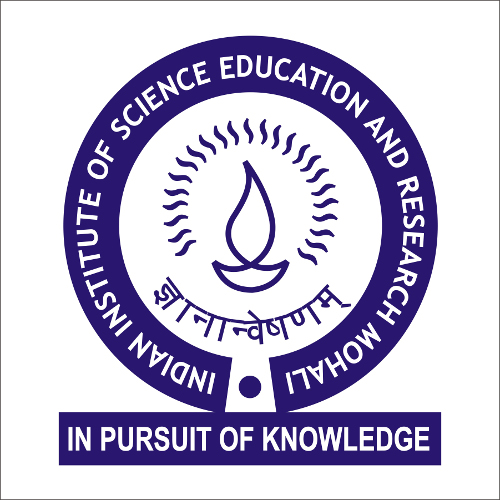Forthcoming Events
Hydrocarbon biomarkers in sedimentary archive: Response of terrestrial biota to changing environment during late Permian-Early Triassic
Dr. Sharmila Bhattacharya (IISER Mohali)
Location : Online
Abstract: The Permian-Triassic (P/T) transition is a critical juncture in Earth's history as the sediments deposited over this interval record a severe biodiversity loss in marine environments, a significant reduction of terrestrial vertebrates and the initiation of a 'coal gap'. However, there is a paucity of data and a limited understanding of floral diversity across P/T in relation to ecological perturbations. My study focused on terpenoids (molecular fossils that contain vital information on palaeobiota and past ecosystems), polyaromatic hydrocarbons (PAH) and charcoal in Gondwana fluvial sediments providing an excellent archive to study how terrestrial biota was affected during course of the extinction event. Pyrogenic PAH and charcoalified tracheids during Lopingian and early Induan reveal chronic wildfire occurrences in a floodplain environment resulting in the demise of the main coal-forming glossopterids vegetation while selective survival and diversification of fire-adapted conifers and lycopsids in Early Triassic. This vegetation shift is a possible demonstration of an evolutionary role played by fires (concomitantly with a shift in climate). The uprooting of large volume of land plants led to intense soil erosion and increased contribution of land-derived nutrients into water bodies causing eutrophication. Carotenoids indicate a euxinic bottom water conditions in the terrestrial depositional system.
Meeting ID: 944 2649 3601
Passcode: 070134
Meeting ID: 944 2649 3601
Passcode: 070134

